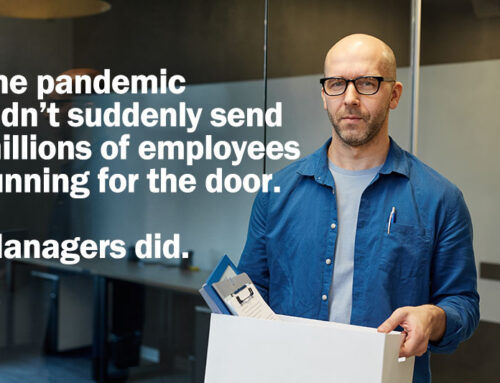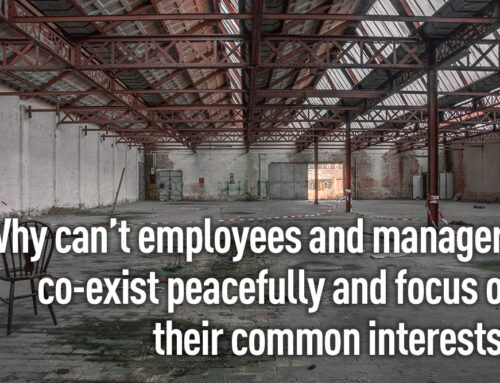Obviously, employees are essential to the success of any company. We need their brains and their hands to develop and build the services and products we sell. That’s why we often say our employees are our greatest assets. But we don’t really think of them as assets. We think of them as expenses, and that creates all kinds of problems.
Like finding the cheapest vendor for office supplies, we look for ways to save on the cost of our labor force. But unlike office supply vendors, employees aren’t interchangeable.
A pencil is a pencil, but people have a variety of talents and skills that may not be easily replaced.
All pencils work the same way, but people have distinct personalities and needs, and their performance and output can vary. If the company runs out of pencils for a few weeks, it will survive. Without people, it will be in trouble.
Yet we routinely undervalue our employees because we see them as costs we must control rather than assets we must protect.
I once worked for a company that decided to eliminate several jobs across the country by centralizing the duties of a group of quality assurance employees. The company kicked off a massive project to enable a handful of people in a central location to monitor the product produced at sites all across the country and sound alarms if anything went wrong. After spending millions on equipment, sensors, and connectivity, the employees were let go, and the company hit the switch on the new system.
It did not go well.
First, not only had the humans detected problems, but they’d also solved them. The new system only found problems. Somebody else needed to solve them.
Second, monitoring was only part of the job done by the humans. The rest? Somebody else needed to do that, too.
Third, the remote system didn’t work nearly as well as the humans had, and product quality dropped immediately.
There was no way to hire people to fill in the gaps. The expensive new system was designed to eliminate jobs, not create new ones. So existing staff needed to stretch to cover the tasks left undone by the new technology.
One last problem: the salaries of the employees who were let go were among the lowest in the company. Grounding a corporate jet for a little while would have saved more money. We ended up with a disgruntled, overworked staff, a degraded product, and little—if any—savings.
But the project was deemed a great success and our competitors rushed out and did the same thing.
It all made sense to the accountants. Payroll went down, and they capitalized the project’s costs, so the books looked better. But the product and morale suffered.
Was it worth it? Did we save money after calculating the costs of the degraded product? Did we see people leave the company after more responsibilities were heaped on them without a pay increase? As far as I know, nobody ever did that analysis.
Back to the pencil analogy—you spend as little as possible on them, grind them down until they’re worn out, then throw them away.
Unfortunately, that’s how too many managers think of their employees. It’s time to realize employees are capable and complex assets, not expenses like office supplies, no matter where they fall on the balance sheet.
And it’s time to hire and train managers who can recognize that and get rid of those who can’t.
To learn more about how to be a successful manager, read Don’t Be a Dick Manager: The Down & Dirty Guide to Management. It’s the management training you never got, available on Kindle and in paperback from Amazon.com. The audiobook is available from Amazon, Audible and iTunes.
Do you think you might be a dick manager? Take the quiz!








Leave A Comment
You must be logged in to post a comment.